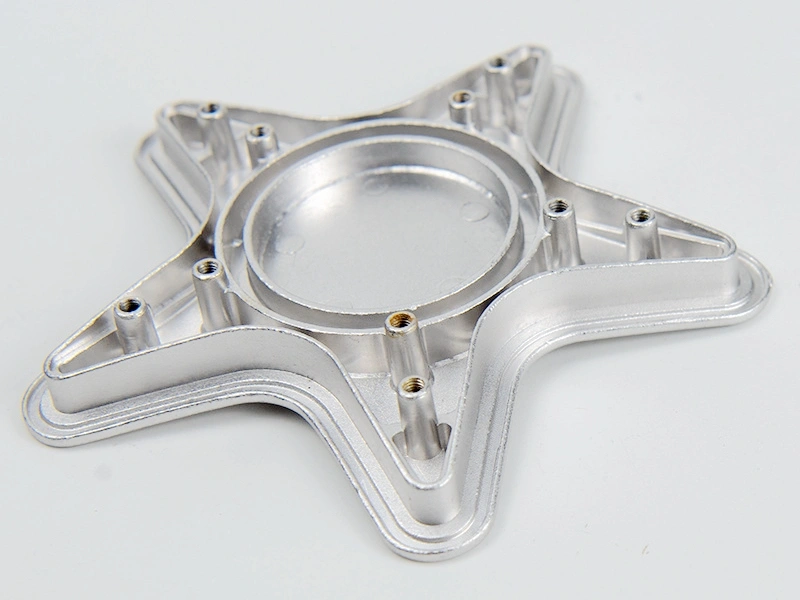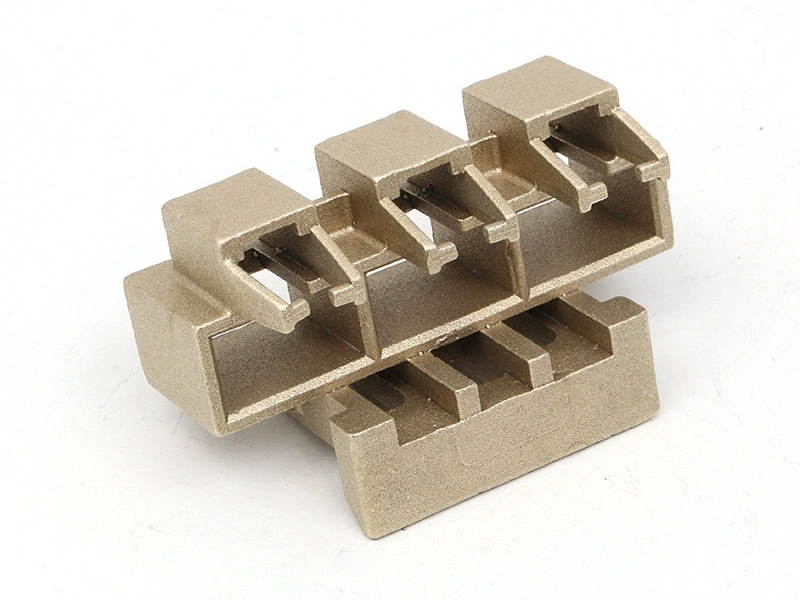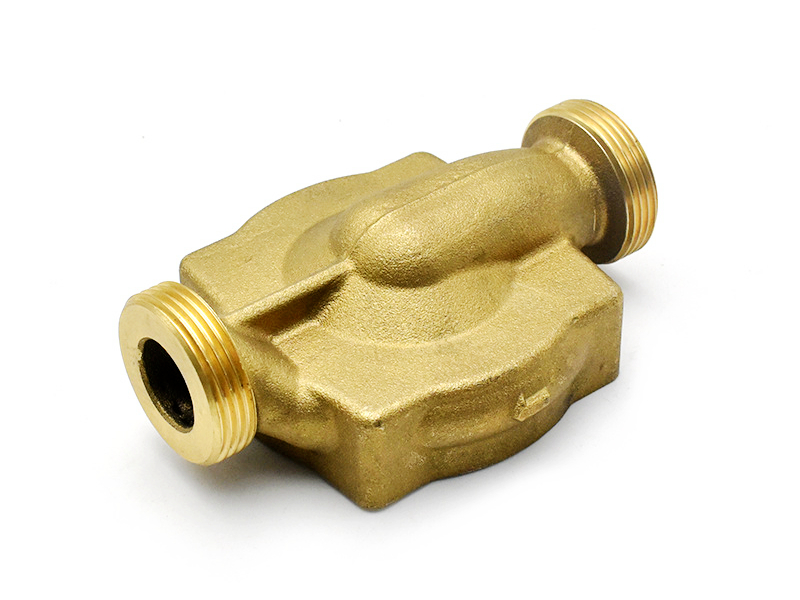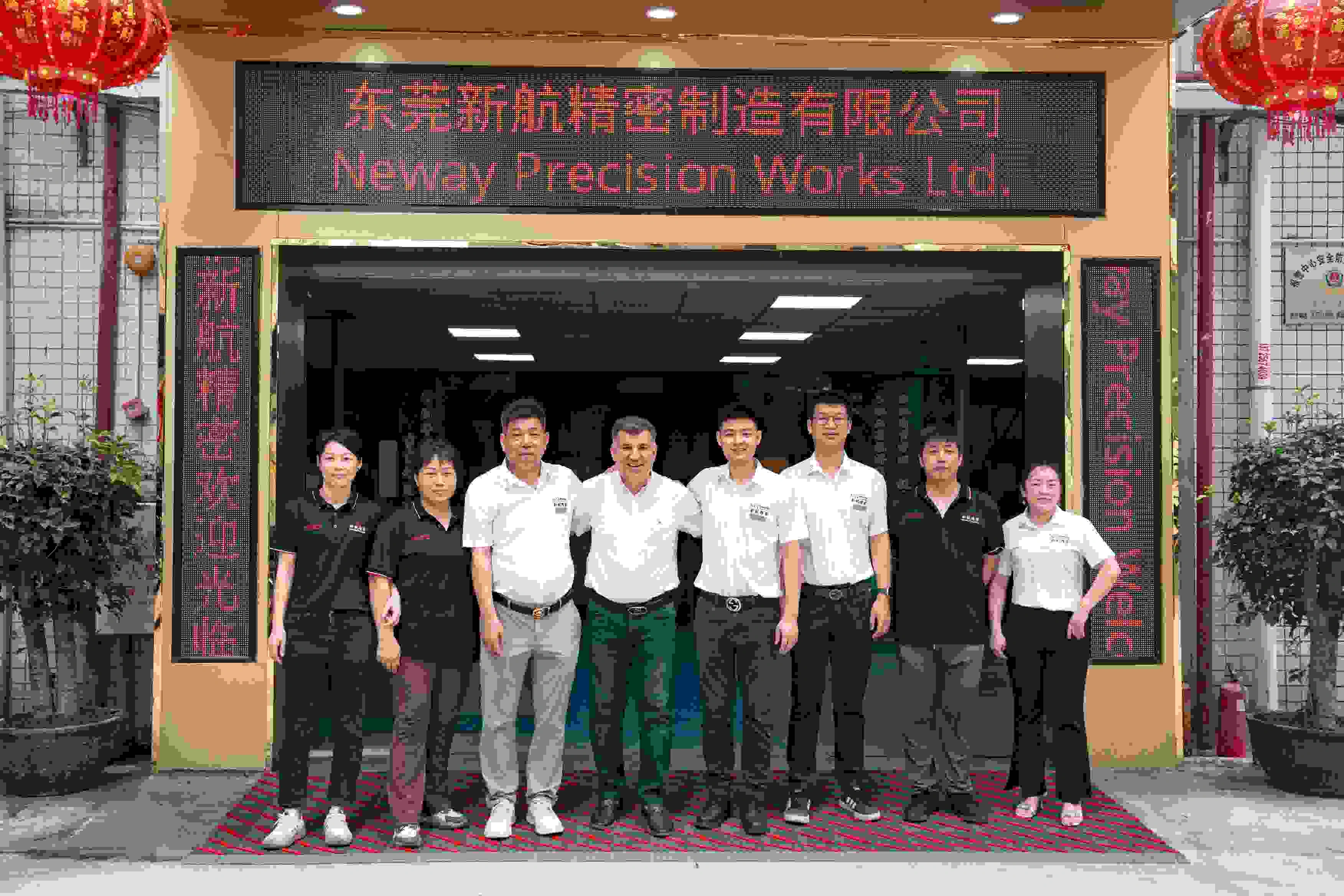How does copper die casting compare to aluminum for heat exchanger components?
How Does Copper Die Casting Compare to Aluminum for Heat Exchanger Components?
Overview of Copper vs. Aluminum in Heat Exchanger Applications
Both copper and aluminum are widely used in heat exchanger components due to their excellent thermal conductivity and corrosion resistance. However, the choice between copper die casting and aluminum die casting depends on application-specific requirements such as thermal performance, weight constraints, operating environment, and cost considerations.
Thermal Conductivity and Heat Transfer Efficiency
Copper offers significantly higher thermal conductivity than aluminum, making it ideal for high-efficiency thermal systems.
Property | Copper (C11000) | Aluminum (A380) |
|---|---|---|
Thermal Conductivity | 390–400 W/m·K | 155–170 W/m·K |
Heat Transfer Efficiency | Superior | Moderate |
Specific Heat Capacity | Lower | Higher |
Copper Advantage: Faster heat dissipation, better suited for compact or high-load thermal exchangers
Aluminum Advantage: Sufficient for low-to-medium heat transfer systems with larger surface areas
Mechanical Strength and Durability
Copper alloys like C18200 provide greater wear resistance and maintain mechanical integrity under thermal cycling and vibration.
Copper: Better for pressure-loaded components (e.g., manifold blocks, internal channels)
Aluminum: Lighter, but more susceptible to fatigue under long-term thermal stress
Corrosion Resistance in HVAC and Automotive Environments
Copper: Naturally corrosion-resistant and less prone to pitting in humid, acidic, or chlorinated environments
Aluminum: Requires anodizing or coating for long-term resistance in harsh conditions
Copper is preferred in applications requiring exposure to glycol, salt spray, or treated water systems.
Weight and Cost Considerations
Metric | Copper | Aluminum |
|---|---|---|
Density | 8.96 g/cm³ | 2.70 g/cm³ |
Casting Cost | Higher | Lower |
Weight | Heavier | Lightweight |
Aluminum Advantage: Lighter, cost-effective for large-scale or mobile systems (e.g., EV battery cooling)
Copper Advantage: Higher material cost offset by reduced size due to better thermal efficiency
Application Suitability
Application Type | Preferred Material | Justification |
|---|---|---|
Compact High-Efficiency Units | Copper | Superior thermal transfer and corrosion resistance |
Lightweight Mobile Systems | Aluminum | Weight savings, sufficient thermal performance |
Harsh Fluid Environments | Copper | Stable in chemically aggressive conditions |
Cost-Sensitive Mass Production | Aluminum | Lower cost, acceptable thermal output |
Customer-Oriented Heat Exchanger Solutions
Neway Die Casting provides material-optimized casting solutions for heat exchangers:
Copper Die Casting: High-performance thermal components for HVAC and automotive systems
Aluminum Die Casting: Lightweight heat exchanger housings and cooling plates
Post-Machining Services: Precision channels, ports, and sealing surfaces for thermal systems



